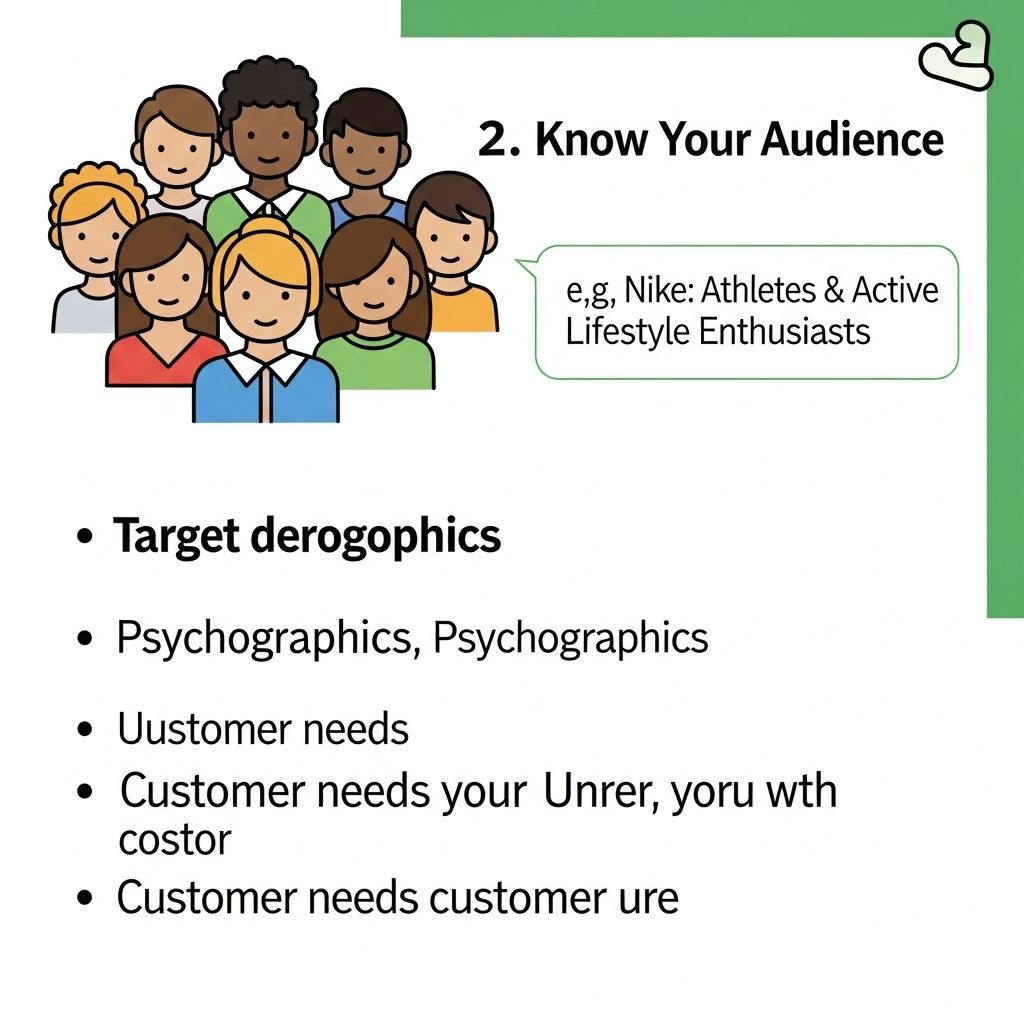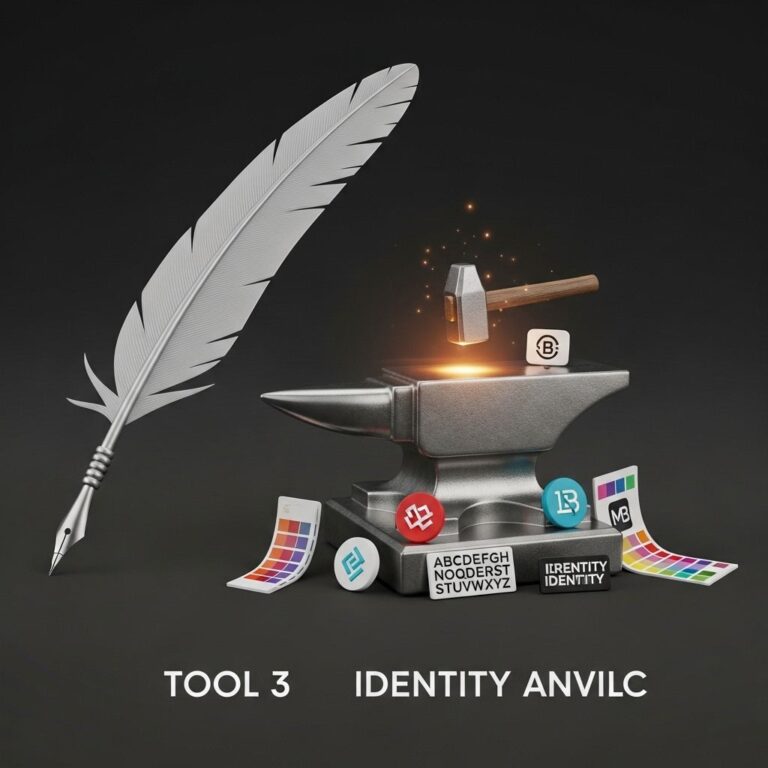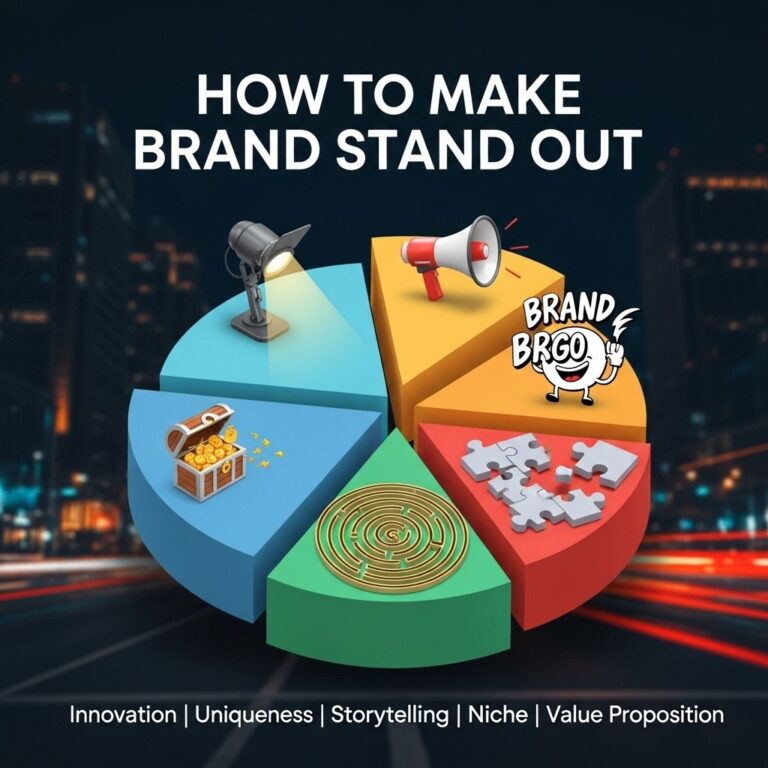In today’s saturated market, establishing a strong brand identity is crucial for any business aiming to stand out from the competition. A winning brand identity not only reflects the values and mission of your company but also resonates with your target audience. This article delves into the essential components of creating a brand identity that captivates and engages consumers, guiding you through the process step by step.
Table of Contents
Understanding Brand Identity
Brand identity encompasses all the elements that define how your brand is perceived in the market. These elements include your brand’s logo, color palette, typography, tone of voice, and overall visual style. Effectively communicating your brand’s identity can significantly influence customer loyalty and trust.
Key Components of Brand Identity
- Logo: Your brand’s logo is often the first impression consumers have. A well-designed logo should be simple, memorable, and reflective of your brand’s values.
- Color Palette: Colors evoke emotions and convey messages. The right color scheme can enhance recognition and influence consumer behavior.
- Typography: The fonts you select should align with your brand’s personality—whether it’s playful, sophisticated, modern, or traditional.
- Tone of Voice: The language you use in communications defines your brand’s personality. Whether it’s formal, casual, or humorous, consistency is key.
- Imagery: The visual elements, including photography styles and graphics, should support your brand’s narrative.
Steps to Create a Winning Brand Identity
Creating a brand identity is a multifaceted process. Here’s a structured approach to guide you:
1. Define Your Brand Strategy
Your brand strategy is the foundation upon which your identity rests. Consider defining the following:
- Mission Statement: What is the purpose of your business?
- Vision: Where do you see your brand in the future?
- Core Values: What principles guide your business decisions?
- Target Audience: Who are your ideal customers? Understanding your audience will help tailor your branding.
2. Research and Analyze Competitors
Knowing what your competitors are doing can help you carve out your unique space in the market. Conduct a competitive analysis that includes:
- Identifying key competitors and their brand identities.
- Assessing their strengths and weaknesses.
- Determining gaps in the market that your brand could fill.
3. Craft Your Brand’s Visual Identity
Once you have a solid strategy, it’s time to create your visual identity:
Logo Design
Work with a professional designer to create a logo that encapsulates your brand’s essence. Consider various versions for different applications (e.g., horizontal vs vertical).
Choosing a Color Palette
Utilize color psychology to select a palette that resonates with your audience:
| Color | Emotion |
|---|---|
| Red | Passion, Energy |
| Blue | Trust, Professionalism |
| Green | Growth, Harmony |
| Yellow | Optimism, Clarity |
| Purple | Luxury, Creativity |
Typography Selection
Choose two to three typefaces that will be used across all marketing materials and ensure they’re legible and on-brand.
4. Develop Your Brand’s Voice
Your tone of voice should reflect your brand’s personality, whether it’s authoritative, friendly, or witty. Here are some tips:
- Establish guidelines for writing that detail how to communicate with your audience.
- Consider the channels you’ll be using (social media, email, website) and tailor your message accordingly.
- Be consistent in your messaging across all platforms.
5. Implement and Monitor Your Brand Identity
Once your brand identity is established, it’s time to put it into practice:
- Brand Guidelines: Create a brand guideline document that outlines how to use your brand elements consistently.
- Launch Marketing Campaigns: Introduce your brand identity through various marketing strategies, ensuring consistency.
- Monitor Feedback: Use surveys and social media engagement to gauge how your audience perceives your brand.
Maintaining and Evolving Your Brand Identity
A brand identity is not static; it should evolve with your business and the needs of your customers. Here are some strategies for maintaining a relevant brand identity:
1. Stay Current
Regularly assess trends within your industry and the market at large. Adjust your identity as necessary to stay aligned with customer expectations.
2. Gather Customer Feedback
Customer opinions are invaluable for refining your brand. Use feedback tools like surveys and social media interactions to stay connected with your audience.
3. Rebrand When Necessary
Don’t shy away from rebranding if your current identity doesn’t resonate anymore. Ensure that any changes align with your core values and mission.
Conclusion
A winning brand identity is essential for capturing the hearts and minds of consumers. By following the structured process outlined in this article, you can create a brand identity that is both authentic and engaging. Remember, a successful brand is one that evolves, resonates, and builds lasting connections with its audience.
FAQ
What is brand identity?
Brand identity is the visible elements of a brand, including its logo, color palette, typography, and overall design style that distinguish it from competitors.
Why is a strong brand identity important?
A strong brand identity helps build customer recognition, fosters trust, and creates an emotional connection between the brand and its audience.
What are the key components of brand identity?
The key components of brand identity include logo design, color scheme, typography, imagery, messaging, and overall design consistency.
How can I create a brand identity that resonates with my target audience?
To create a resonant brand identity, conduct market research to understand your audience’s preferences, values, and pain points, then tailor your brand elements accordingly.
What role does a logo play in brand identity?
A logo serves as the visual cornerstone of your brand identity, encapsulating your brand’s values and personality in a memorable symbol.
How can I ensure consistency in my brand identity across different platforms?
To ensure consistency, create a brand style guide that outlines the use of logos, colors, fonts, and messaging across all marketing channels.









